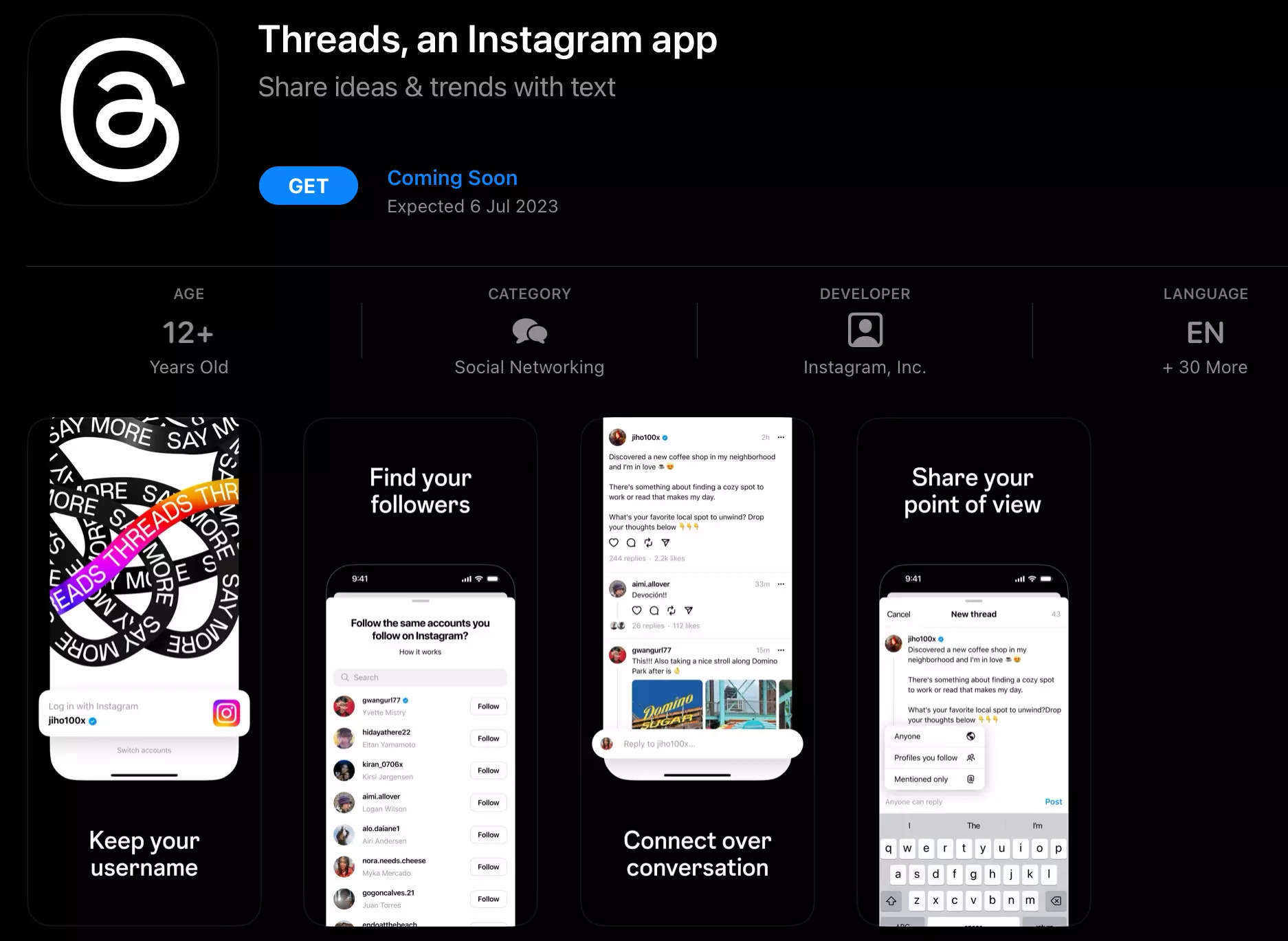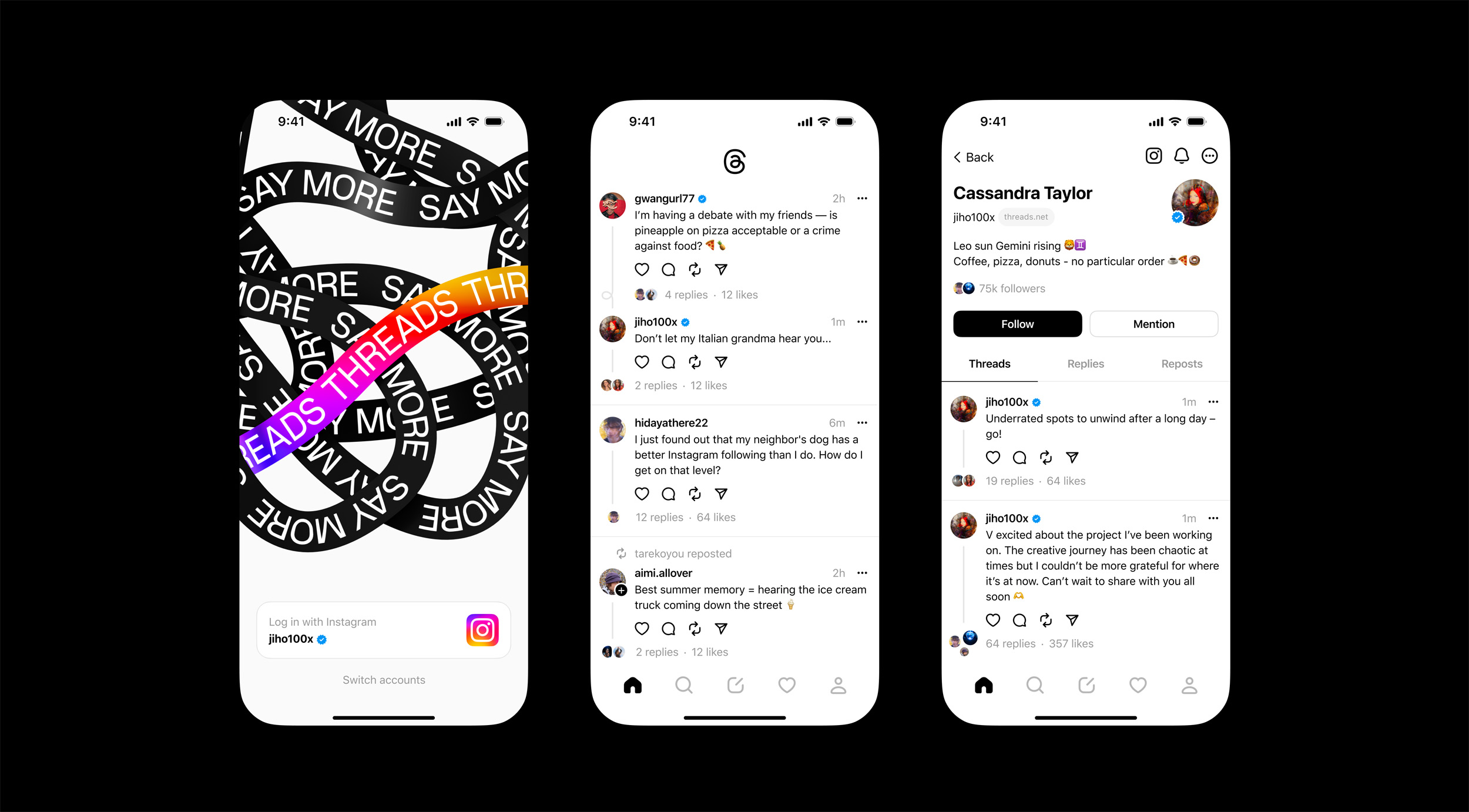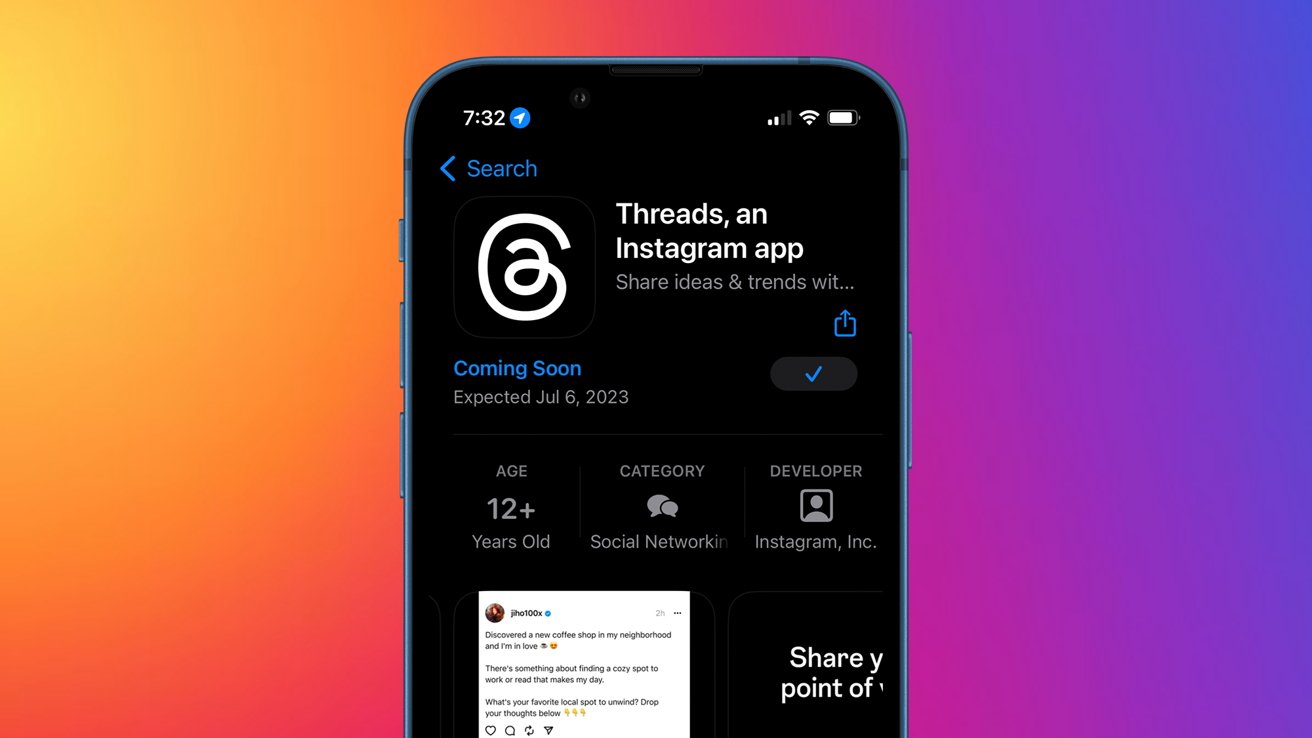In today’s digital age, social media has become an integral part of our lives. It has transformed the way we communicate and interact with others, and it has also given businesses a new platform to connect with their customers. However, with millions of conversations happening online every day, how can businesses make sense of all this data and gain valuable insights? This is where social listening on threads comes into play. By leveraging the power of conversations and real-time insights, businesses can unlock a wealth of information that can help them make informed decisions, improve their products or services, and engage with their target audience more effectively.
Social Listening on Threads: The Gateway to Real-Time Insights and Enhanced Engagement

The Importance of Social Listening
In a highly competitive market, understanding customer needs, preferences, and opinions is crucial for business success. Social listening provides a unique opportunity to tap into the conversations happening across various social media platforms. By actively monitoring and analyzing these conversations, businesses can gain valuable insights into customer sentiment, emerging trends, and industry discussions. This information can then be used to shape marketing strategies, improve products or services, and enhance overall customer experience.
What is Social Listening?
Social listening refers to the process of monitoring and analyzing conversations happening on social media platforms. It involves tracking keywords, mentions, hashtags, and relevant discussions to gain a deep understanding of what people are saying about a brand, product, or industry. Social listening goes beyond simply monitoring brand mentions; it involves actively listening to the voice of the customer and identifying patterns, trends, and sentiments.
The Power of Conversations
Conversations are at the heart of social listening. They provide a wealth of information and insights that can help businesses make data-driven decisions. By engaging in conversations and analyzing the language, tone, and context, businesses can understand the needs, pain points, and expectations of their target audience. This allows them to tailor their offerings, improve customer service, and build stronger relationships with their customers.
Real-Time Insights: Uncovering Opportunities
One of the key advantages of social listening on threads is the ability to gain real-time insights. Unlike traditional market research methods that can be time-consuming and costly, social listening provides instant access to customer opinions and feedback. This real-time data can be invaluable in identifying emerging trends, addressing customer concerns promptly, and capitalizing on new opportunities.
Implementing Social Listening on Threads

To effectively implement social listening on threads, businesses need to establish a comprehensive monitoring strategy. This involves selecting the right social media platforms, defining relevant keywords and hashtags, and choosing suitable monitoring tools. By setting up tailored alerts and filters, businesses can focus on the conversations that matter the most and extract actionable insights.
Best Practices for Effective Social Listening
To make the most of social listening on threads, businesses should follow some best practices:
1. Define clear objectives:
Identify the goals and objectives of social listening, whether it’s monitoring brand reputation, understanding customer sentiment, or tracking industry trends.
2. Choose relevant keywords:
Select keywords and hashtags that are specific to the industry, brand, or product to ensure accurate monitoring and analysis.
3. Monitor competitors:
Keep an eye on what competitors are doing and how customers are responding to their products or services. This can provide valuable insights for improving business strategies.
4. Engage with customers:
Don’t just listen; actively engage in conversations with customers. Respond to their queries, address their concerns, and show that you value their opinions.
5. Track sentiment and trends:
Analyze the sentiment and trends in conversations to identify positive and negative sentiments, emerging topics, and areas of improvement.
Leveraging Social Media Listening for Business Growth
Social listening on threads can be a game-changer for businesses, enabling them to:
- Understand customer needs and preferences
- Improve product or service offerings based on customer feedback
- Identify influencers and brand advocates
- Track the effectiveness of marketing campaigns
- Mitigate and manage brand reputation issues
- Stay ahead of competitors by monitoring industry discussions
By leveraging the power of social listening, businesses can gain a competitive edge and drive growth.
Challenges and Limitations
While social listening offers immense potential, it also comes with certain challenges and limitations:
- Noise and data overload: With millions of conversations happening online, it can be challenging to filter out the noise and focus on relevant discussions.
- Sentiment analysis accuracy: Automated sentiment analysis tools may not always accurately interpret the nuances of language and context.
- Privacy concerns: Social listening involves monitoring public conversations, but businesses must ensure they adhere to privacy laws and guidelines.
- Lack of context: Social media conversations often lack the full context of a situation, making it important to interpret the data carefully.
Future Trends
As technology continues to advance, the future of social listening looks promising. Artificial intelligence and machine learning algorithms are becoming more sophisticated, enabling better sentiment analysis and trend detection. Integration with other data sources, such as customer relationship management (CRM) systems, can provide a holistic view of customer interactions. Additionally, the rise of voice-based platforms and smart speakers presents new opportunities for social listening in audio-based conversations.
Conclusion
In conclusion, social listening on threads has revolutionized the way businesses interact with their customers and gain insights. By actively participating in conversations, analyzing real-time data, and implementing best practices, businesses can harness the power of social media to drive growth, improve customer experiences, and stay ahead of the competition. So, don’t miss out on the opportunity to listen and learn from your customers’ conversations.
Ready to unlock the full potential of social listening? Request a demo from AIM Technologies, a leading provider of social listening solutions. Experience firsthand how their advanced tools and technologies can help you extract actionable insights from conversations and make informed business decisions.
FAQs
Q1: What is the difference between social listening and social monitoring?
- Social listening involves not only monitoring brand mentions but also actively analyzing and interpreting conversations to gain insights. Social monitoring, on the other hand, focuses primarily on tracking brand mentions and engagement metrics.
Q2: Can social listening help small businesses?
- Yes, social listening can be beneficial for small businesses as well. It provides valuable insights into customer needs, market trends, and competitor strategies, helping small businesses make informed decisions and optimize their offerings.
Q3: How often should businesses engage in social listening?
- The frequency of social listening depends on the business’s specific goals and resources. Ideally, businesses should engage in social listening regularly to stay updated with customer sentiments, emerging trends, and industry discussions.
Q4: Can social listening replace traditional market research?
- While social listening provides valuable real-time insights, it cannot completely replace traditional market research methods. Social listening should be seen as a complement to traditional research, offering a different perspective and immediate feedback.
Q5: How can businesses measure the success of their social listening efforts?
- Businesses can measure the success of their social listening efforts by tracking key performance indicators (KPIs) such as sentiment analysis, engagement metrics, customer feedback, and the impact on business goals such as customer satisfaction, brand reputation, and revenue growth.




